The Switch 2 Has Me Excited and Frustrated
Nintendo is always one step forward and two steps back with something.
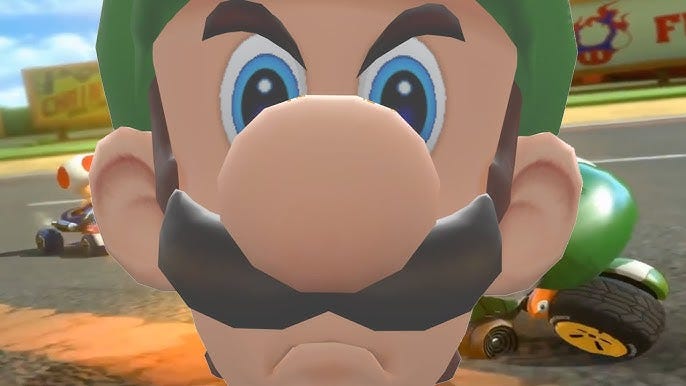
Foreign Perspectives is gradually shifting into more paid content. Certain columns such as these are free for all subscribers, but other articles will be exclusive for paid subscribers. If you enjoy the work I do, please consider upgrading to a monthly or yearly subscription. Your support is greatly appreciated and ensures that this Substack can continue to deliver high quality pieces.
Oh Nintendo, why must you torment me so? With a week having passed since details around the Switch 2 and its launch were officially revealed to the world, I’ve had considerable time to digest all the information. My initial response was one of pleasant surprise, then apprehension around the increased costs in several areas, then even more trepidation over what appears to be yet another attack on the concept of physical media. And that just scratches the surface. How do I feel now? I’m both excited and frustrated toward what Nintendo will be doing for potentially the next decade.
While the original Switch is getting long in the tooth, its success is well-deserved and for my money has certainly proven itself to be more interesting compared to the competition. Don’t get me wrong, I get regular use out of my PlayStation 5 and Xbox Series X. Yet for a multitude of reasons ranging from global pandemics to pretty much everything in daily life getting more expensive, it has been an odd generation for video games. Technically, we’re actually in the middle of two. The Nintendo Switch having come out in 2017 before the PS5 and Xbox Series X launched in 2020 places it in the eight generation, while those latter two consoles are in the ninth.
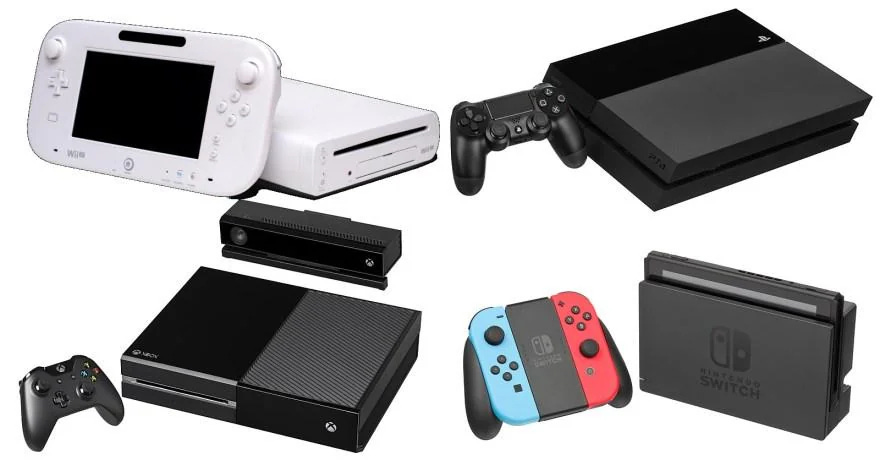
The Switch 2 will finally “catch up” with Sony and Microsoft when it launches on June 5 of this year, but at this point Nintendo is, pardon the pun, playing a different game entirely. Having long decided to stop trying to be the cutting edge of technology, the Big N is far more interested in crafting unique experiences that emphasize innovation over sheer horsepower. The PS5 and Xbox Series X have few titles that are true exclusives and they’re basically mid-range PCs for your living room. The Switch is arguably the only one that still feels first and foremost like a traditional games console. With over 150 million lifetime units sold, Nintendo is clearly doing something right despite the weaker hardware.
The games shown last week suggest that Nintendo will continue its entertainment strategy with the Switch 2. When it comes to the first party titles, I’m pretty impressed. Mario Kart World with its huge courses and upgraded presentation make it genuinely feel like something which would not be possible on the original model. The same goes for Donkey Kong Bananza, a new 3D platformer that is long overdue for everyone’s beloved simian and appears to have destruction physics which also require upgraded hardware. Details are currently scarce for Kirby Air Riders, but I’m sure Masahiro Sakurai and his team will deliver. Metroid Prime 4: Beyond easily looks the best of the bunch with its support for 4K resolution and 60 frames per second.
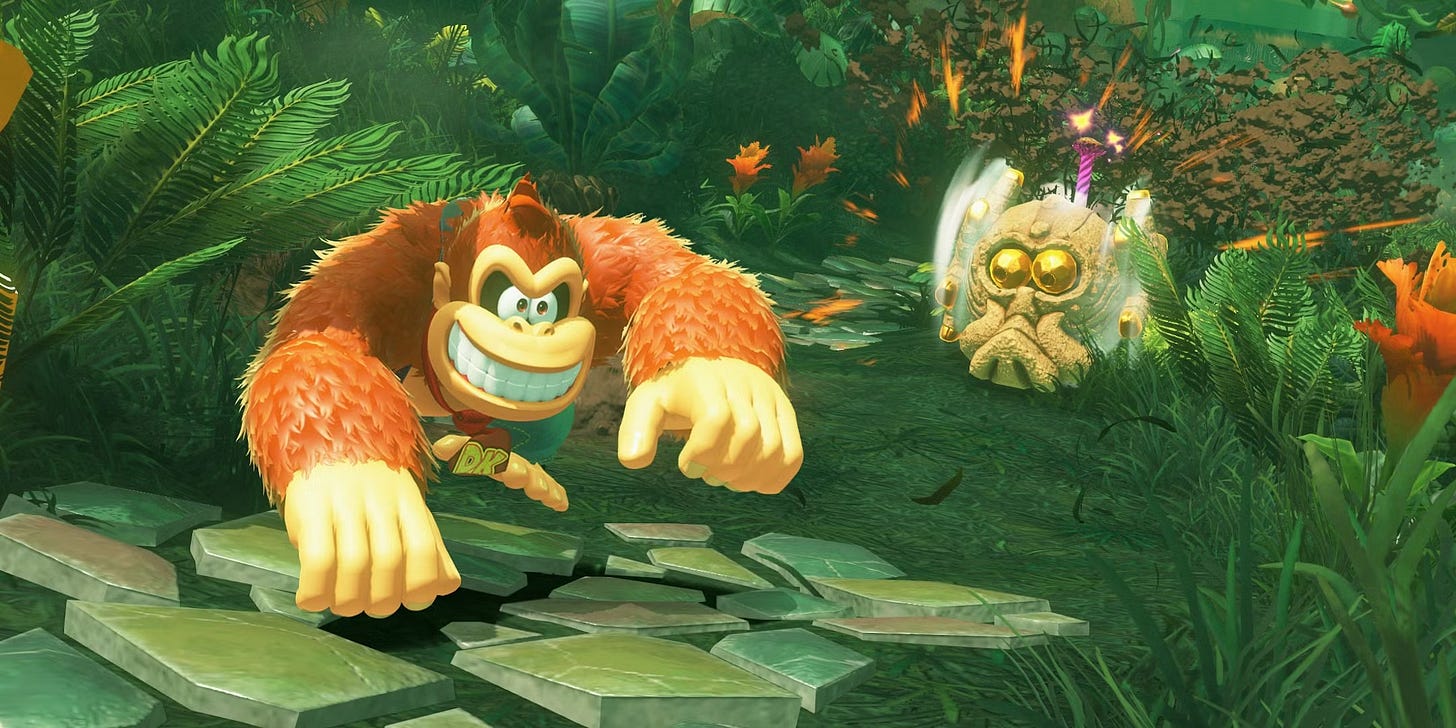
The third party lineup has some good selections too, though there is less of interest here if you’ve already played these games. If I can get the system at launch, probably the only major third party title I’ll immediately check out is Civilization VII because the idea of using the upgraded Joy Con controllers like a mouse intrigues me, especially for a portable system. This is one area that can definitely make the Switch 2 stand out from the PS5 and Xbox Series X even if it isn’t on the same level of tech specs. It’s no small feat that Cyberpunk 2077 was shown running on the handheld at what looks like to be a consistent 30 FPS, but the announcement only convinced me to dig up the superior PS5 copy I already own and finally get to the game properly after putting it off for years. I’ll probably end up doing the same for Hogwarts Legacy instead of spending what will inevitably be the Nintendo Switch 2 tax for the new port, but that leads me to the biggest elephant in the room: the cost.
The internet is currently in an uproar after the revelation that Mario Kart World will cost $80 USD and even more if one is converting from other currencies like euros. With most already finding the idea of paying $70 a difficult pill to swallow, the sticker shock is palpable to say the least. With that said, this was inevitably going to happen at some point. The video game industry has largely ignored inflation for years and if you go far back enough, you can find games costing around $70 in the 1990s. That’s around $160 in today’s money, which makes the increase to $80 seem less of a radical notion on paper.
When all is said and done, $80 for a game like Mario Kart World which will last years and provide hundreds of hours of enjoyment isn’t the most unreasonable ask. What will be unreasonable is when companies like EA and Ubisoft who are infamous for shipping broken games at launch and assaulting consumers with seemingly infinite microtransactions begin charging $80 or more at launch on top of that. Downloadable content in theory should be a substantial expansion of an existing game, but many companies simply split up an entire game piecemeal under the guise of DLC so they can make a bigger profit.
Apart from the cost, what bothers me the most is the format these games are going to be sold on. The original Switch was a haven for physical media collectors like yours truly. Just check out the r/NSCollectors subreddit to see how fanatical some of us can be. Yet all of that is likely to change now that the Switch 2 will be introducing a new form of distribution called “Game-Key Cards” which contain no actual data. Requiring an internet connection, these useless pieces of plastic more or less serve as a “check” to download the game off the eShop. These are not real physical games; they only serve the purpose of facilitating a digital download with extra steps.
Once downloaded, you still need the Game-Key Card to boot up the software every time. That would make sense if the game was actually on the card (i.e. a real physical game), but all you are doing is pretending you own the game on your shelf when you actually don’t. Yes, there will still be true physical games released for the Nintendo Switch 2. Yet it is already obvious that tons of devs will choose the stingy route. It makes no sense why all of Cyberpunk 2077 is on an actual Switch 2 cartridge, but the Bravely Default remaster is only a Game-Key Card. Actually never mind, it does. Some companies like Square Enix have no issue with screwing over consumers. I’ve already decided to boycott it and stick to the 3DS copy I actually own.
At this stage, it appears that Game-Key Card games will not be as expensive as true physical games, but you can bet that the greediest of publishers will still try to nickel and dime the consumer down the road. Some argue that the one benefit with this format is that you can always resell or give away the Game-Key Card, which is an improvement over previous Switch games being only a download code in a box. Yet that’s under the assumption that the digital servers for these games will still be around in the long-term future. You can still play Famicom games from 30 years ago, but does anyone honestly expect the same from these game cards? I wouldn’t hold my breath.
All of this is intentional because the entertainment industry as a whole wants you to own as little as possible. Everything has to be a paid monthly subscription. Forget an individual product you actually possess and can take off your shelf anytime. Companies intend to resell you the same things over and over again. Rights inevitably expire, which leads to games, movies, and music being pulled from streaming sites and digital storefronts. With there now being greater emphasis on digital downloads and physical releases that aren’t actually physical releases, the Switch 2 is heading into this “you own nothing” direction far more than its predecessor. I don’t like it one bit.

That’s why I can’t get too excited over GameCube games being made available on the Switch 2 because they will only be playable via the Nintendo Switch Online paid service. I’m glad that the likes of F-Zero GX and The Legend of Zelda: The Wind Waker will be made more accessible to more people amid horribly scalped prices on eBay, but all that content is ephemeral. It only exists to the masses for as long as Nintendo sees fit, while all the GameCube titles I own either on my shelf or via ISO files accumulated over many years will never go away.
I’m sure that some will say that I’m making a mountain out of a molehill, but this debate of physical vs. digital on the Switch 2 has a direct impact on me. Specifically, because I live in Japan. Likely due to the weak yen, Nintendo is releasing a separate model of the console aimed exclusively for the Japanese market at ¥49,980 or about $343 USD. That is substantially cheaper than the $450 price tag it will go for overseas, but this specific SKU is only compatible with Japanese Nintendo accounts and offers no language options other than Japanese. I previously speculated in February on how Nintendo would price the Switch 2 here and I thought that ¥50,000 would be too high. Ironically, that’s the cheaper price because a separate “multi-language” model with no account restrictions will also be sold here for ¥69,980 or about $475 USD. Confused yet?
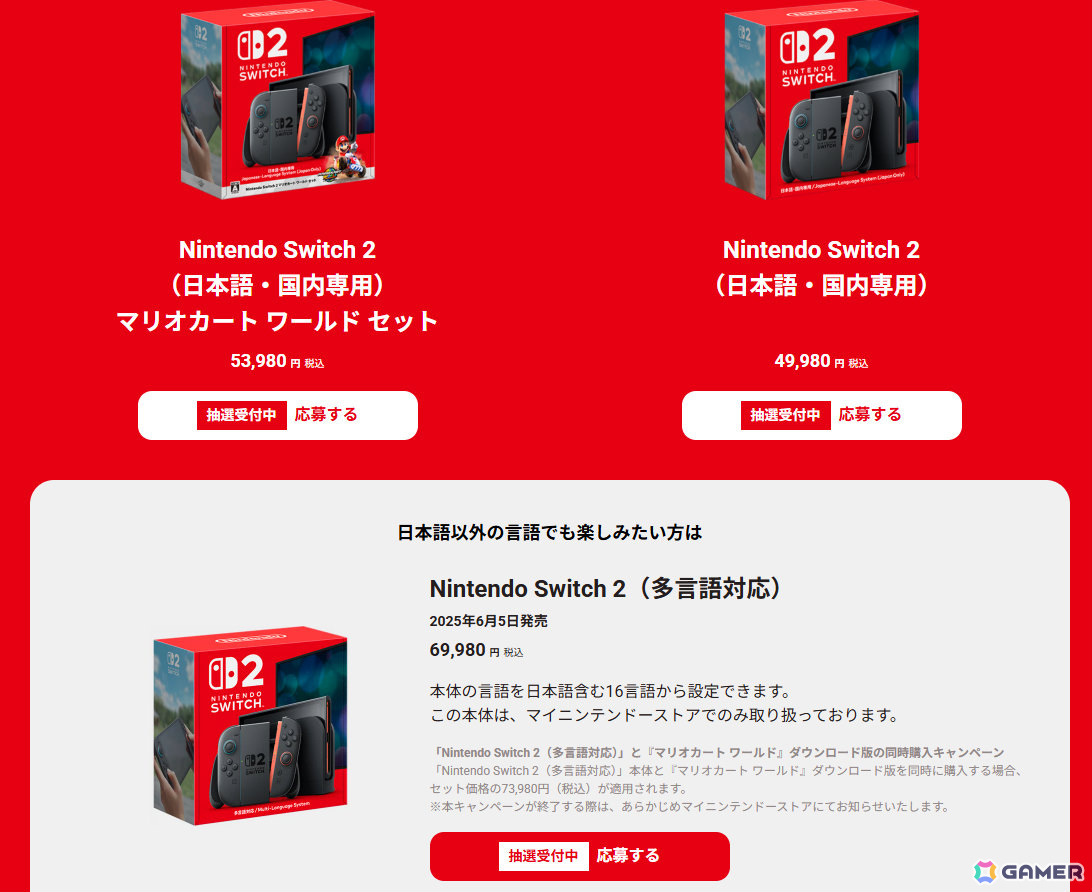
It gets even worse for people in my unique position. As I’m originally from the United States, the majority of my digital eShop purchases have largely been tied to my North American Nintendo account. While I’m primarily a physical collector, some games only have digital versions and there’s nothing that can be done about that. I also have a Japanese account which I also regularly use for similar reasons. While most of my friends and gameplay hours are on that Japanese account, almost all the games I’ve downloaded over the years are on that North American account. The Japanese model of the Switch 2, however, is only compatible with Japanese accounts. Do you see the problem?
There are many other foreigners like me who live in Japan, but have primarily relied on accounts tied to different countries. The solution initially seems to be “buy the multi-language model,” but there are several problems with this. First, it costs ¥20,000 more and essentially amounts to a foreigner tax. I understand that Nintendo had to price the Switch 2 for their domestic audience at a drastically lower cost because otherwise no one here could afford a ¥70,000 console. If they priced a region-free Switch 2 at ¥50,000, then the inevitable result would be foreign visitors clearing shelves and scalping them, again due to the weak yen. Nintendo was caught between a rock and a hard place, so they needed to find some kind of balance.
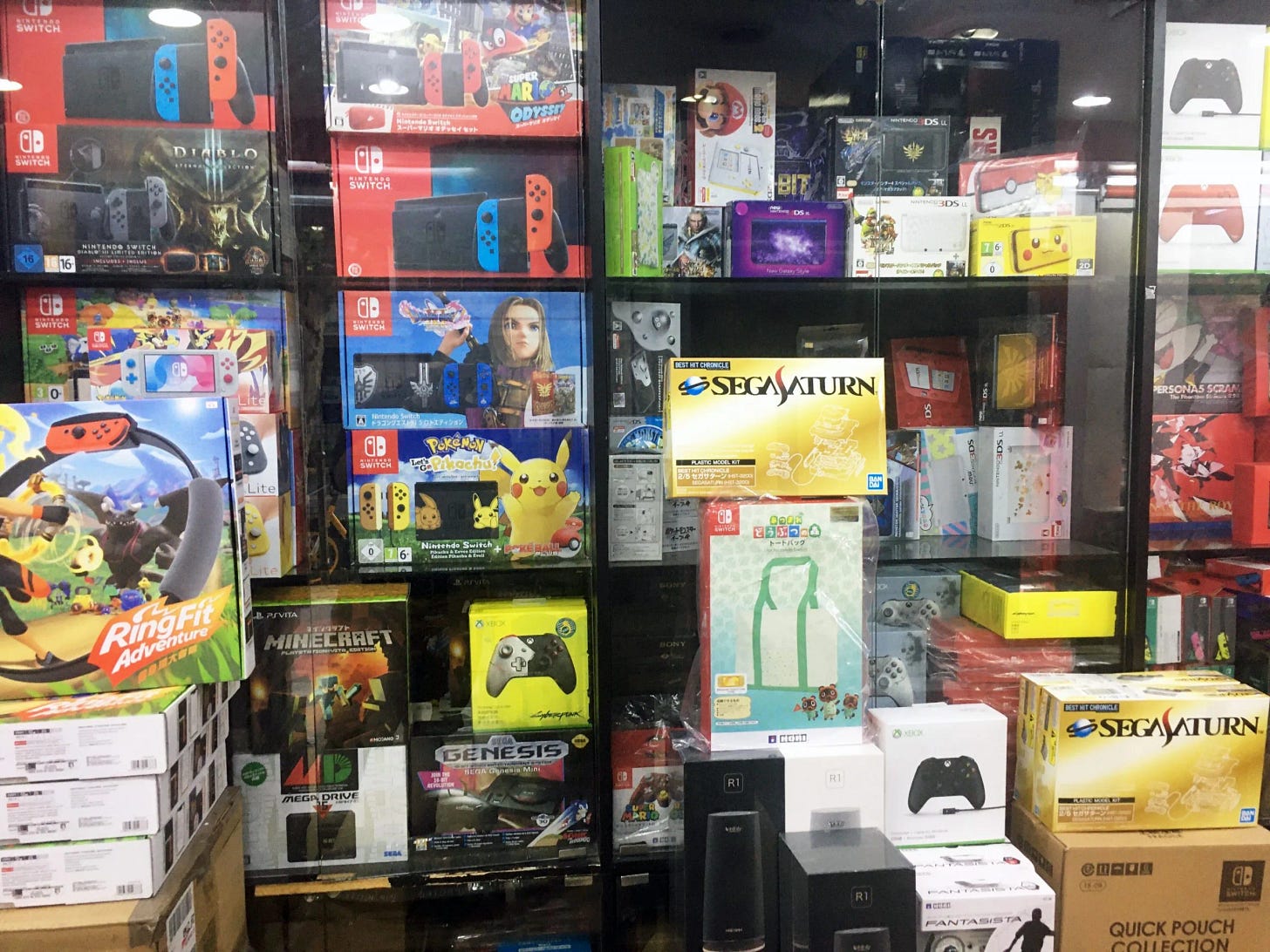
The next problem is that it’s going to be nearly impossible for people to get the multi-language Switch 2 even if they wanted one. While the Japan-region console will be sold in retailers nationwide, this far more niche model will only be sold on Nintendo’s official website. As of this writing, Nintendo is currently holding a lottery for pre-orders, but to qualify you need over 50 hours of playtime on a Japanese Nintendo account by late February and an active NSO subscription. To add insult to injury, Nintendo earlier this year ceased support for foreign credit cards and PayPal accounts. Given the high cost of this Switch 2 model and that many foreigners struggle to get credit cards in Japan, you can pretty much forget it.
As of this writing, Nintendo of Japan’s website is being swamped with requests to enter the pre-order lottery. I was able to finally get one in for the Japanese-language model, but there’s obviously no guarantee I’ll get one. Even if I do get selected, I have to deal with the headache of figuring out if the game data on my old Switch is transferrable. I’ve heard that changing the country/region on a Nintendo account will effectively turn it into a Japanese one and purchase history is left intact, but given the region locking that will be put in place on digital content, I have no idea if some of my North America-exclusive eShop games will transfer. It’s also unclear if physical games, both actual ones and Game-Key Card software, will be region locked or not.
Either way, I will definitely not be selling the OLED model Switch I currently own. There’s an additional level of disappointment that the Switch 2 will be returning to an LCD panel, which only means that Nintendo will inevitably introduce an upgraded (and more expensive) OLED version a few years down the line. I can only hope that by that point the yen will have recovered enough for Nintendo to not need to do two separately-priced models, but there’s no way to know. I anticipate this year’s Switch 2 to be hard to find for at least a year and that people will still attempt to scalp the hell out of it despite Nintendo’s best efforts.
Friends who live overseas have offered to send me an international Switch 2 if they can get one. That’s all well and good, but I shouldn’t have to jump through all these hoops just to play Nintendo’s latest console. And while the cheaper domestic model being Japanese-language only doesn’t bother me, it will be a problem for many foreigners who live here. Sadly, it seems that a decent chunk of people may be locked out from entering this ecosystem. While retailers will do their best to warn that the domestic Switch 2 is only be compatible with Japanese accounts, I can easily see tourists still mistakenly buying them. When you add to the fact that only a certain type of MicroSD card is compatible, the new Pro Controller is even more expensive than before, and Nintendo continues to be mum over whether the horrible drifting in the JoyCons has been fixed, I’m anticipating many problems at launch.
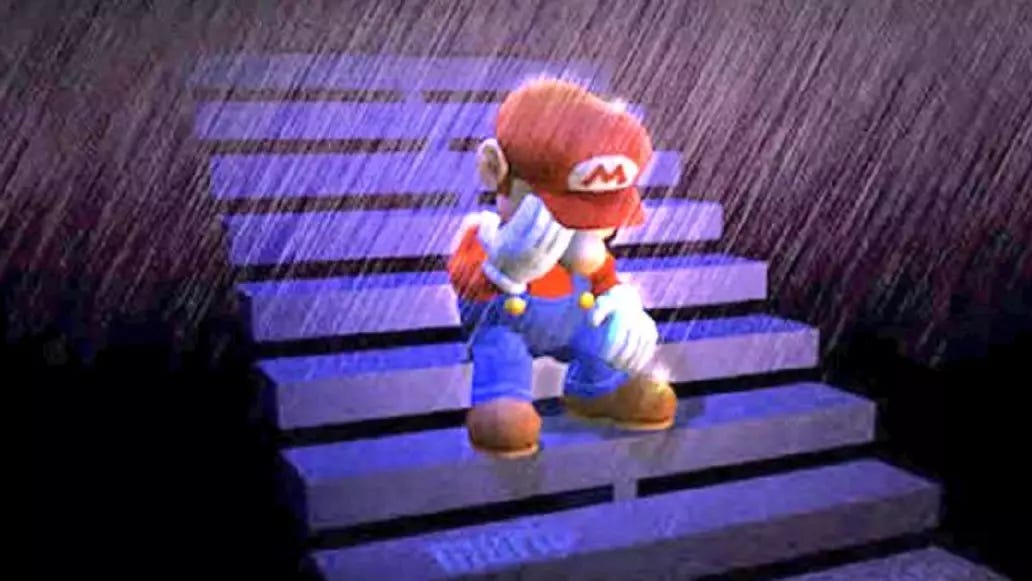
My current prediction is that the Switch 2 will be a respectable success, but it won’t come close to being the globally massive hit its predecessor was. For every promising aspect the new console has, there are twice as many bothersome things which have seriously curbed my enthusiasm. Especially in this current economy with Trump tariffs and rising costs of living, I’m not convinced that the average “normie” consumer who isn’t a hardcore Nintendo enthusiast will immediately rush out to get the next iteration of hardware even with the “2” in the name. For better or worse though, what Nintendo has shown this month is what they will be doing for the foreseeable future. Whether they will still be playing with power years from now is another question.
Foreign Perspectives is a reader-supported Substack. If you like my work and have come this far, consider opting for a paid subscription so I can continue writing in-depth articles such as these on a regular basis. Your support is greatly appreciated!


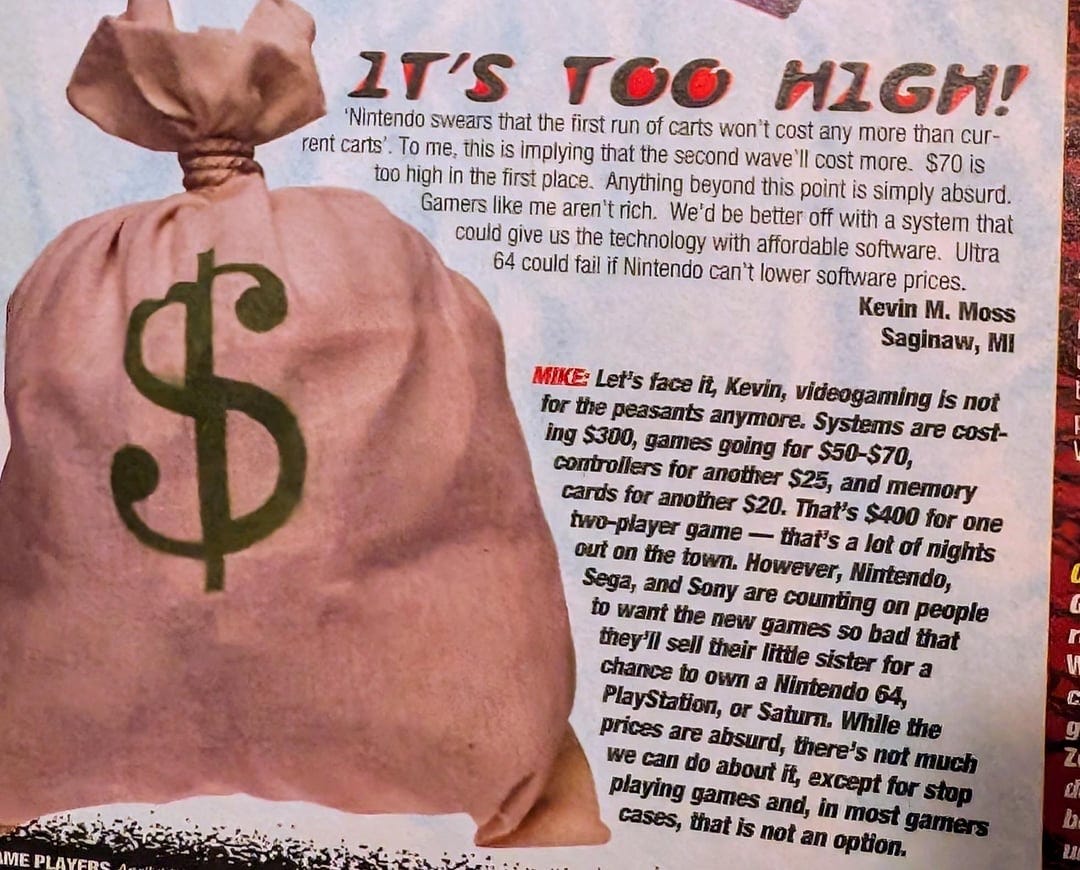
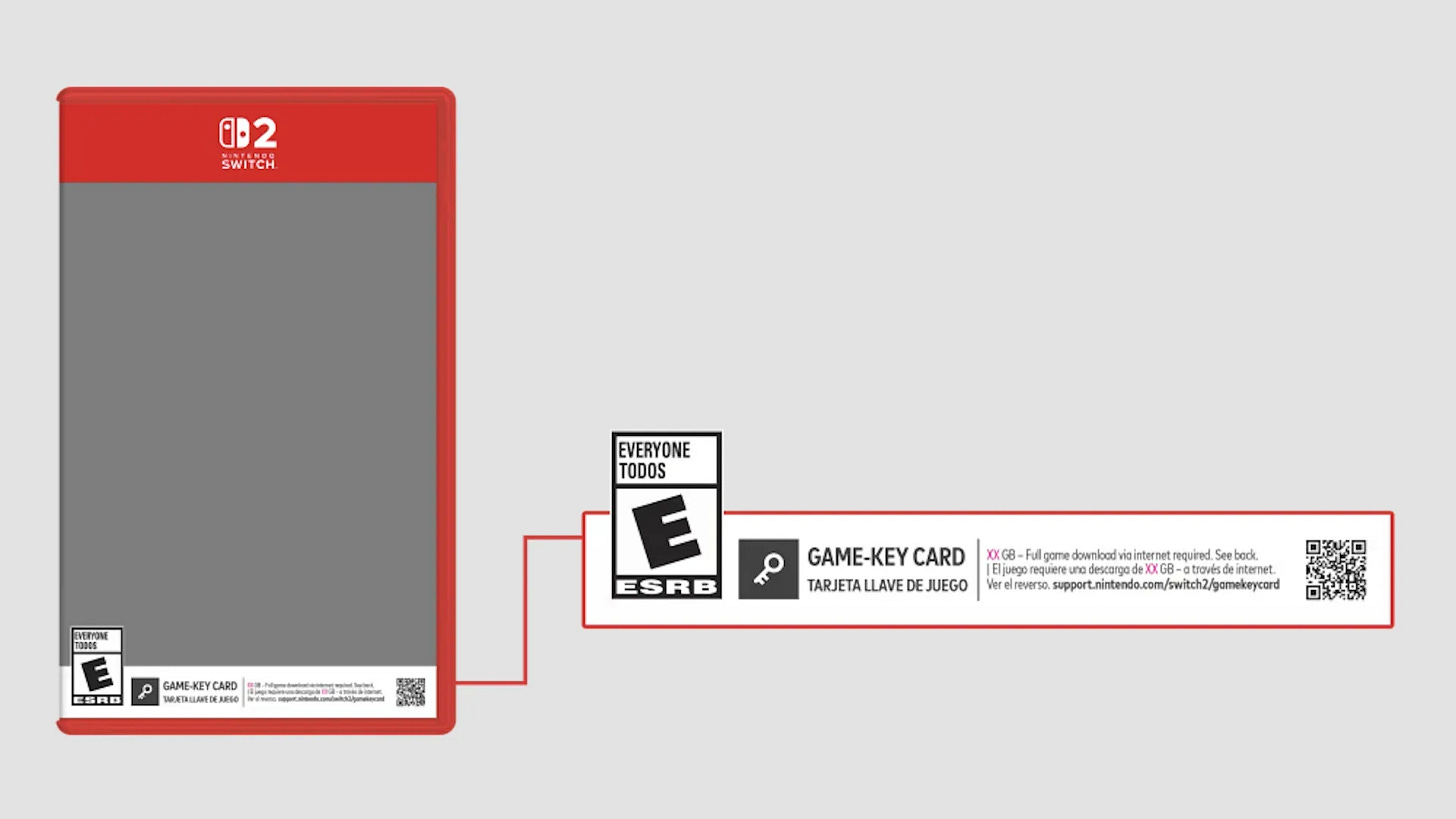
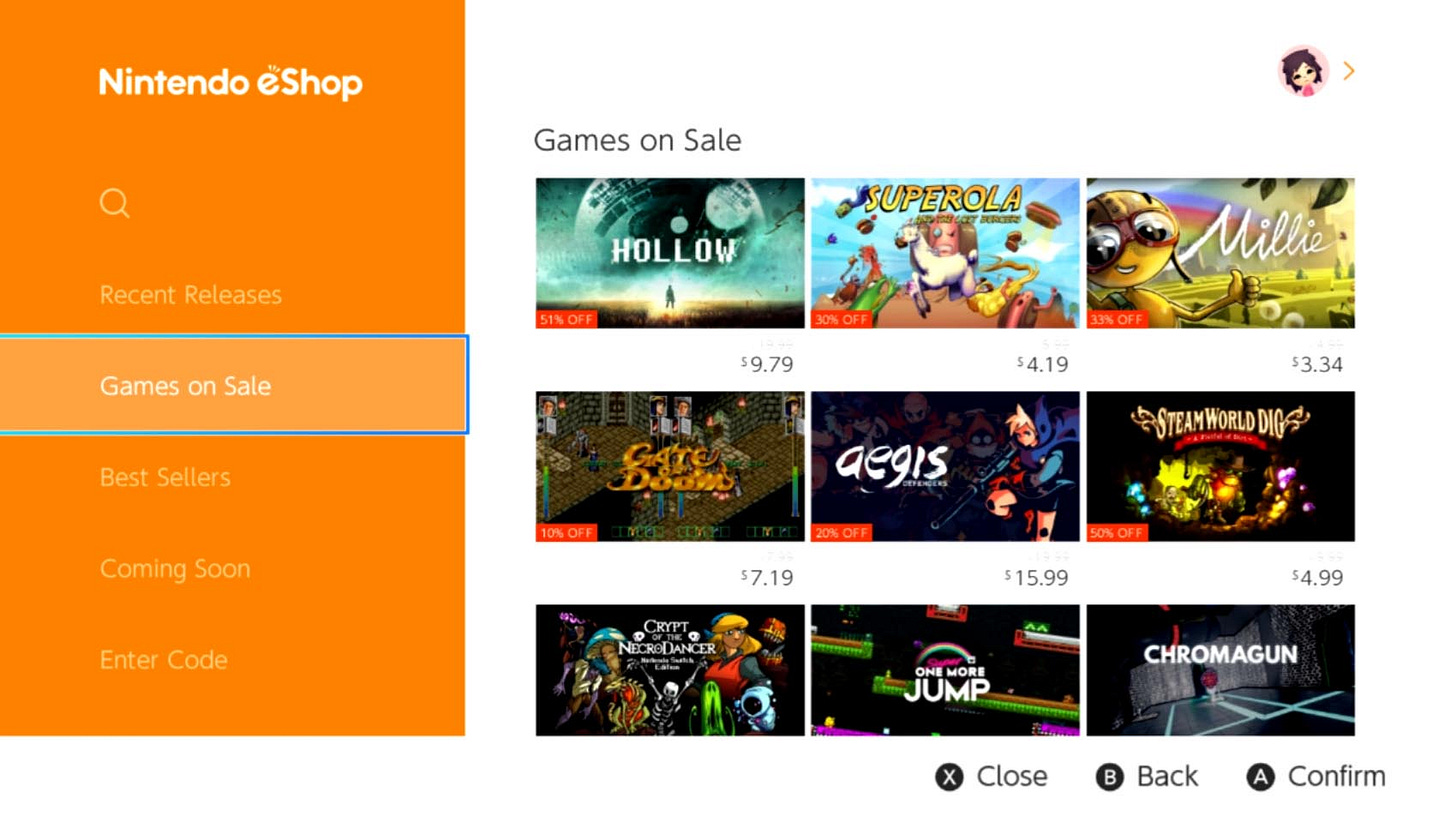
I don’t personally find the price of the switch to be unjustified. It’s €470 where I am and for that I’m getting 256GB storage and a device with 1080p resolution in handheld, 4k docked and up to 120fps. The equivalent (non oled) steam deck model costs €400, has a handheld resolution of 800p, only does 60fps and you can forget getting anywhere near 4k whilst connected to a monitor/TV. So i don’t really get the big deal. I’m getting double the resolution and FPS for €70 more, seems like a fair deal! The game prices are another thing I guess but i tend to agree with you on that one too.